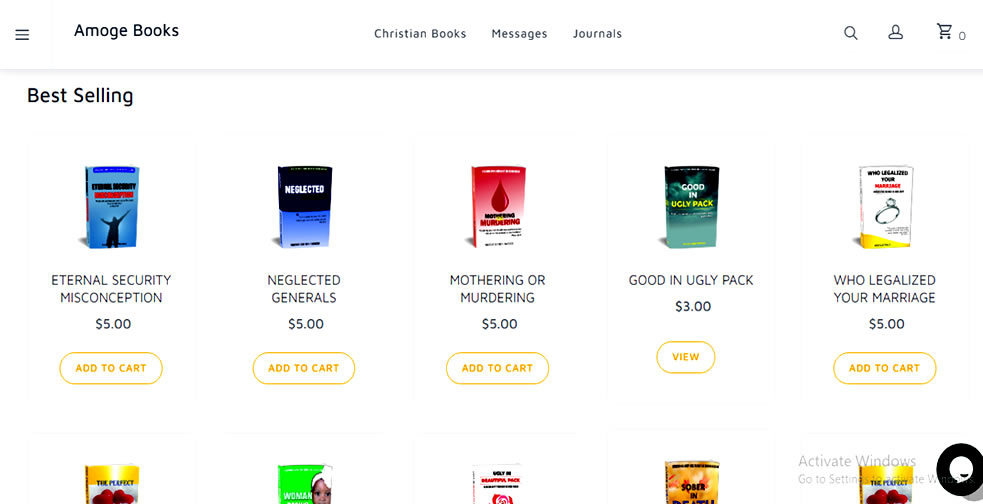People don’t really judge a book by its cover, do they? Of course they do!
Whether it’s the presentation of food at a fancy restaurant or the latest Apple product, humans seem to just love things that are beautifully designed. The same principle applies to websites, especially in the ecommerce field. If you’re not presenting your visitors with the best website design and packaging your products nicely, you’re definitely leaving money on the table.
Attractive, cool website designs have always played a key role in a successful online sales and marketing strategy. That’s because beautiful design and an excellent color palette can increase the perceived value of your products.
Whether you’re about to create a brand new ecommerce site or you’ve been thinking about redesigning your current site, you are at the right place. At Time Gap, we don't just build website, but the build the ones that sell.
Five Major Scopes for a successful E-Commerce Business
1. Search Engine Optimization
I’ve had a few SEO discussions in recent months with ecommerce merchants. I was reminded how much SEO is about content. One of the discussions was about the negative impact of Google search algorithm changes last year on a merchant’s business. Another was with a client who launched a new online store and then suffered a hit on search rankings. Both of them are now looking for the instant solution to fix their problems. The reality is there is no quick fix. Both merchants need to focus on their content and on building relationships with authority sites that will link back to it.
For example, I just wrote a lot of content on a website that did not have any real SEO strategy and was not visible for relevant searches. I researched keywords, ensured that the page structure included H1 and H2 tags, and put in optimized titles and descriptions. I linked related content throughout the site. I bolded key phrases and tried to optimize the keyword density on pages. We republished and prioritized the site map. The results? A week later, we had climbed to the first page on Google for most of the keywords we were targeting. In several cases, we captured the fourth through seventh ranking for different pages on the site.
Was this because I wrote brilliant content? Not really. It’s because I did the basics with SEO to create original content that was optimized separately for each page.
2. Selecting New Products
A key to the success of new products includes trends, price, quality — for the right target audience. Too many ecommerce businesses invest in new products without aligning them to their customers.
When purchasing a new product line, be sure that your customers will buy it. If they are value focused, is it a good strategy to add a high-end product? It may work, but more often than not, you’ll end up selling it on clearance.
Most small ecommerce stores develop a niche. You may not think of yourself as a niche store, but it’s likely that you sell consistently to a similar demographic. Check that for yourself. Ask your customers why they buy from you. Find out what other products they would like to see you sell. Learn as much about them as you can and sell them what they are looking for. You will be less likely to add a dud to your product mix if you really understand your customers.
3. Merchandising New Products
Now that you have invested in new products you are sure your customers will buy, it’s time to sell them. Be sure to write good product descriptions and use compelling photos. Feature your new products prominently on your website. Promote the new items in your newsletter, on your home page, and on Facebook or Pinterest.
Review your sales history and search for customers who have purchased similar items. Send them an email, stating you have a new product they may interest them.
This is basic selling. But all too frequently, new products get buried at the bottom of a new or existing product category.
4. Customer Service
In my previous ecommerce business — selling jewelry and bead products — we emphasized fulfillment accuracy. We made mistakes, for sure. But we took great pains to ensure that what was shipped matched the pick list.
We also learned not to question a customer. If a customer said a product was missing or incorrect, we might ask him to recheck the packing materials, or confirm the quantity. But, regardless, we would refund or reship the missing parts. Likewise, if a customer said she did not receive a package, we would reship or refund — even if we had a delivery confirmation from the shipper.
Why did we do this? It’s basic customer service. Think about your own experience as a consumer, when you experienced problems with an order. You likely wanted it fixed and did not want to discuss it, or argue. When the supplier corrected the mistake, you likely were inclined to reorder. If the supplier disputed your claim, you likely moved on to a new source.
5. Monitor Your KPIs
In “21 Key Performance Indicators for Ecommerce Businesses,” I addressed key metrics to focus on, to improve your business. At a minimum, monitor sales, average order value, cost of goods sold, traffic, conversion rates, abandonment rates, and your cash position.



